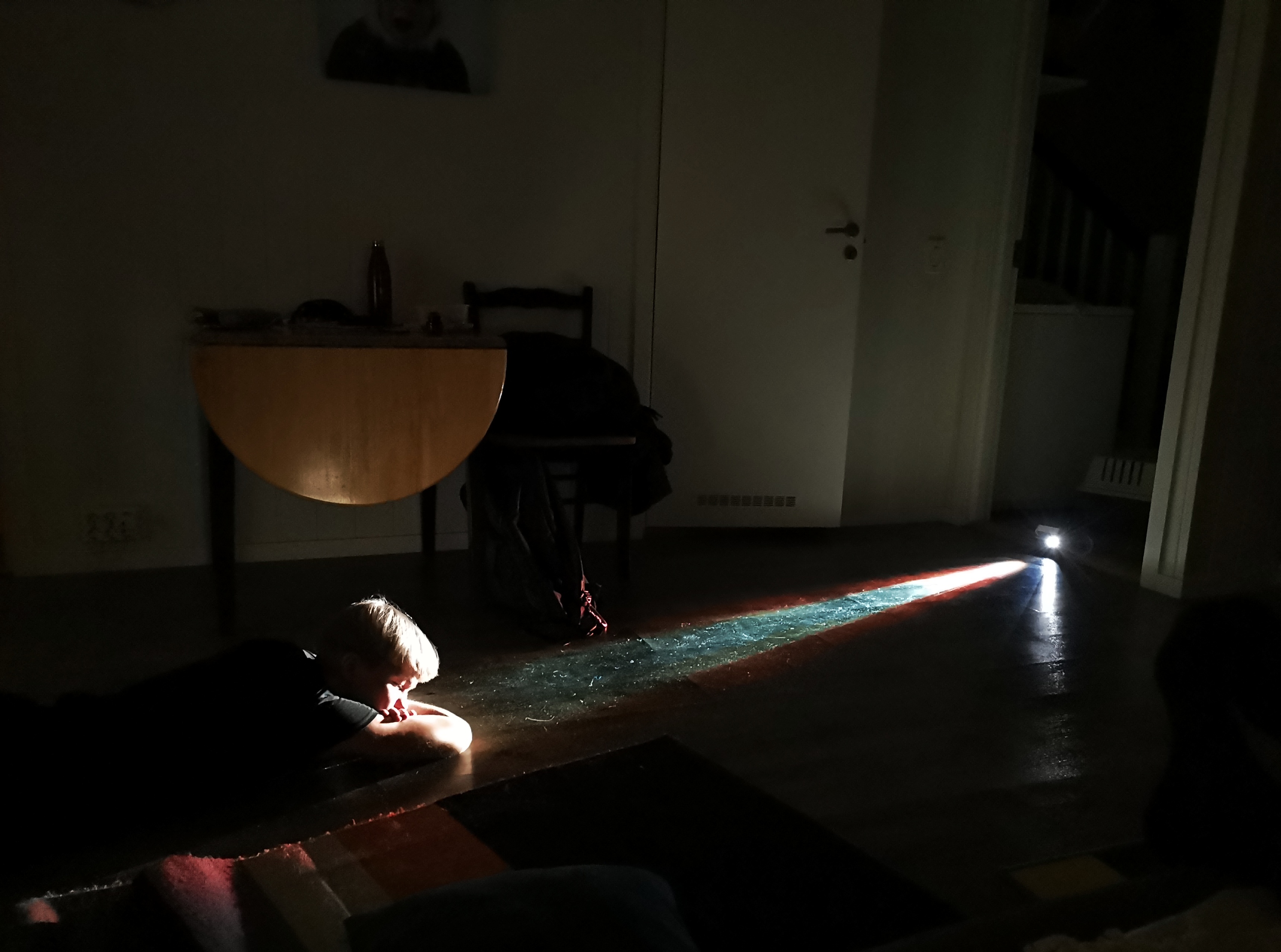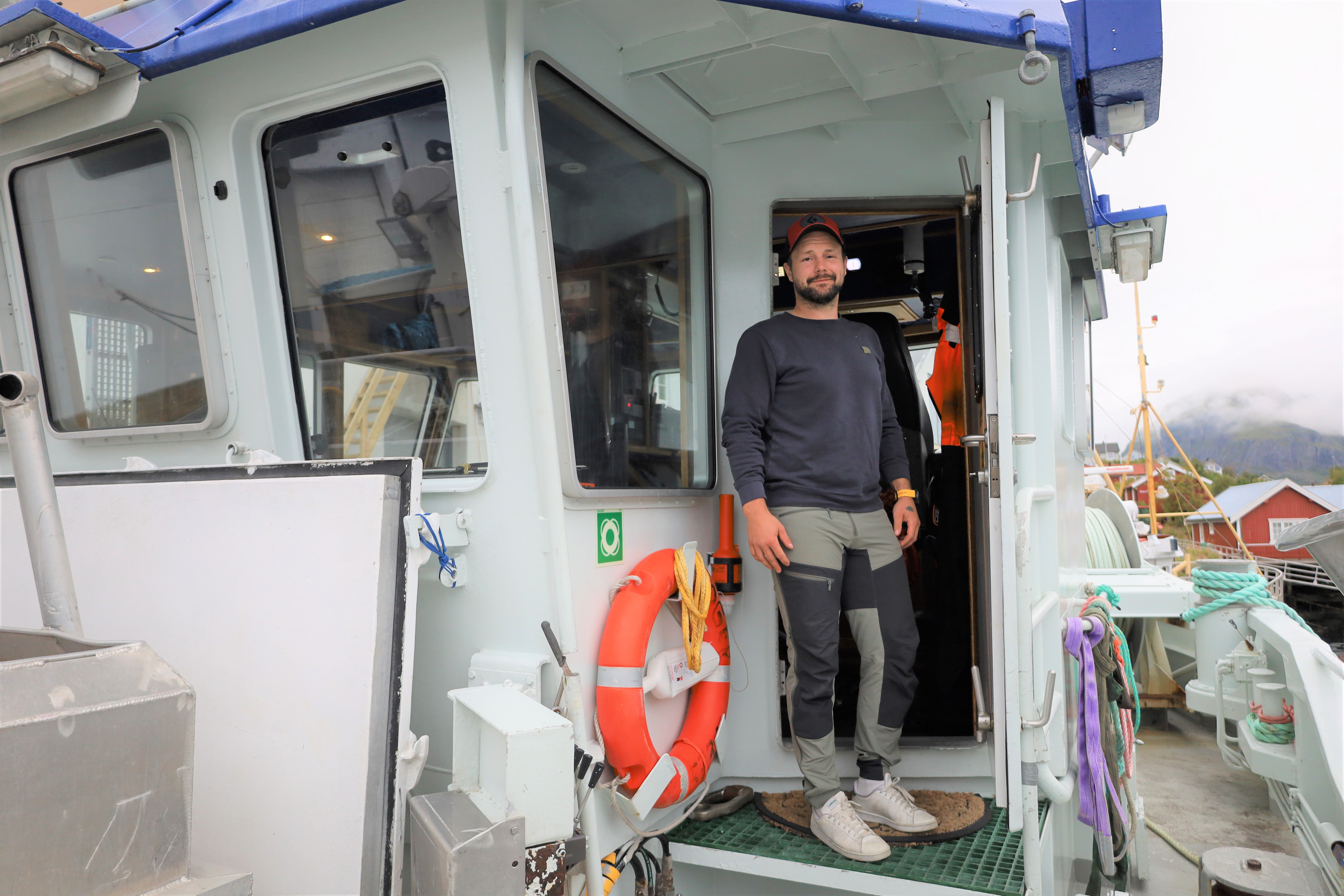Life on the Arctic Coast: Johan (23) Manages a Fish Factory in Lofoten
Sørvågen, Lofoten (High North News): Although he did not plan on becoming manager of a fish processing plant, Johan Larsen landed the part at only 22. However, he did not have a brutal start as the fourth generation of the family business: "I have learned most of what I need to know throughout my upbringing."
"I really enjoy being a fish factory manager and I find the role interesting – even though there can be some long days and nights," says Johan Larsen (23) to High North News on the Sørvågen quay.
The little settlement has 400 inhabitants and is located in Moskenes municipality in the Lofoten Islands, Northern Norway. The town is surrounded by the wild Vestfjord – and steep, green, foggy mountains. It is late August and the old fishing village is quiet.
The fishing vessel Jarl Inge is docked by the facility. Just beyond, a garage door opens. Three workers exit – likely ending the work day.
Johan is the fourth generation in the family business Johan B. Larsen, where his father, Arne Johan, is the managing director. The younger Johan is the manager of Stamsund fish landing station and factory, which the family business bought in 2022. This winter was his first season as the manager of the plant.
Becoming a fishmonger was not the plan
What was it like to step into the position of managing a fish processing plant?
"It was not a brutal start. I have learned most of what I need to know throughout my upbringing and from those who have been my leaders here."
"It can be stressful, of course. But at the same time, it is fun to be challenged and to be your own boss," says the 23-year-old and smiles.
We sit down in the office in the attic of the production facility.
Johan says he grew up in the neighboring town, Reine. Before taking over as site lead in Stamsund, about seven miles north, he worked at Johan B. Larsen for two years. He is still involved in the production here.
"It all started with a year off school in which I worked in the family business. Then one thing led to another, and I ended up staying."
Johan's original plan, however, was not to become a fishmonger.
"The legal profession and other career paths seemed interesting, but I enjoyed the role and stayed. I am very happy with that choice now," he states.
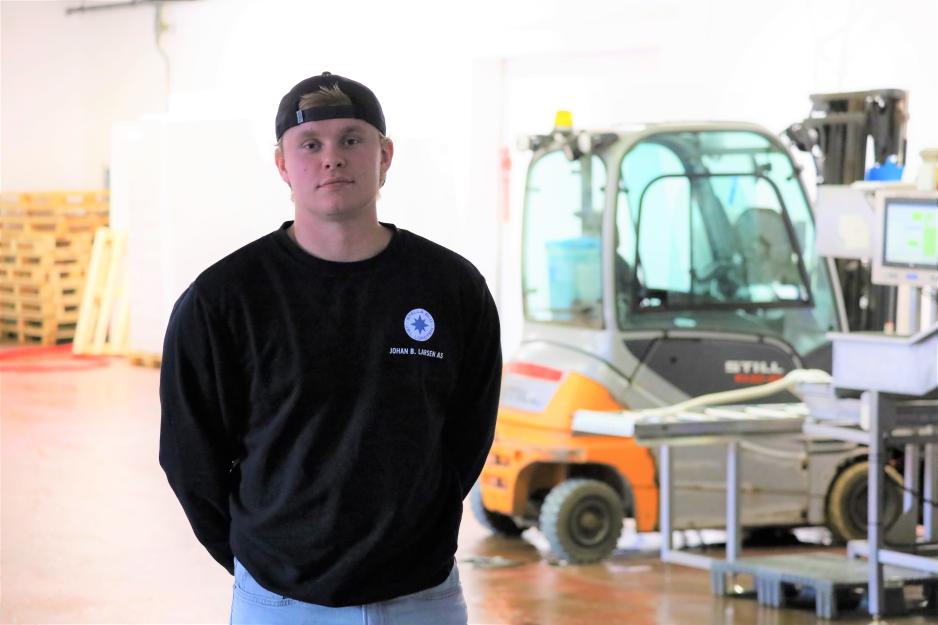
Johan Larsen inside the production facilities of Johan B. Larsen AS. Large quantities of fish are gutted and packed here. The family business was established in 1952.
A lot of responsibility
Do you know many other young people managing fish processing plants in the region?
"There are fewer young people on the factory side. There are more in the fisheries," Johan says.
While he stayed on land and in the family business, many of his friends and family members work on fisher boats.
"Both my little brother and several of my friends are fishers. Many of them live in Leknes, the closest 'city' in the area."
When Johan took over as manager for the fish reception in Stamsund, he became responsible for 20 employees. Most of these are from Poland, and their working language is English.
How do you find the leadership position?
"I like the position, and I enjoy the responsibility. It is a demanding task to have, of course, and it can be both a little scary and stressful at times," he says and continues:
"But I am happy with how I have solved the leadership role so far. We have introduced good routines for our workers. Some have previously worked here in Sørvågen, and I therefore knew many of them already. That has also made things easier for me."
Johan says that the Polish workers are hard-working and very skilled in what they do; that is especially important around a lot of dangerous fish production equipment.
Hectic winter days
At the fish reception in Stamsund, the production mainly includes the packing and gutting of fresh fish. They also receive whale meat, which is new to the family business.
What does a typical day look like during the winter season?
"It starts early in the morning. We receive the boats that come ashore, and we gut the fish. Then, the fish is packed and produced. There is also a lot of paperwork and much to register. The work in Stamsund involves much more administrative work than I did here in Sørvågen. I was mostly on the floor, gutting and packing the fish here," he says.
We receive the fish as long as the boats are fishing.
At the facility in Sørvågen, the business mainly receives, produces, and sells fresh cod (skrei during the winter season), haddock, and pollock. Stockfish is also hanged and exported from here.
"When we are fully up and running in Stamsund, we plan to operate stockfish production from there as well."
Johan explains that the white fish that is sold fresh is packed in styrofoam boxes of 10-20 kilos each and is sent to Europe on pallets. Although most of this goes to the continent, they also send some fresh fish in tubs. These go in particular to klipfish [dried and salted cod, ed. note] producers in Western Norway. They buy the fish to salt it themselves.
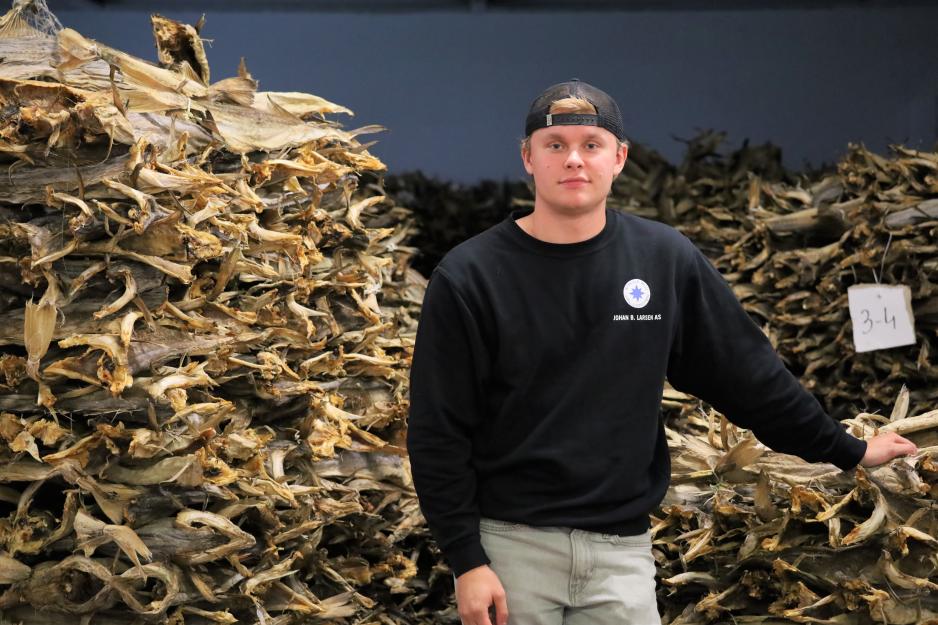
Johan says that there was less stockfish production this year and that the business has not hung as much fish as usual. That is because of the high prices the reception paid for the fish, among other things. The main market for stockfish is Italy.
The business aims for year-round operation at the receptions in Stamsund and Sørvågen.
Johan says that 15-20 boats regularly land fish at their facility. Many are local boats, but some come from the south to the Lofoten cod fisheries year after year. Among the local fishing vessels, three to four purse-sein boats can deliver fish all year round.
"We receive the fish as long as the boats are fishing. The second period of the Greenland Halibut fishery has recently concluded. The boats are fishing all kinds of fish now and until Christmas, but pollock and haddock in particular. We tend to be open during Christmas, and the buying increases significantly after New Year when the skrei comes.
What was the activity like during this winter season in Stamsund?
"The fishery has been poorer on the inner side of Lofoten. Some boats came from the outer side and delivered here, but we did not receive the quantum we wanted. However, we were able to have a test drive and establish good routines in Stamsund.
Most of the activity takes place at the Sørvågen facility. There are good fishing grounds right outside, and the business has been buying fish all summer.
The business' yearly quantum varies with the supply of fish but is now about 1000-1500 tonnes. This year, the price of fish was exceptionally high and reached 50 kroner for whole cod in Lofoten.
What does that do to your profitability?
"Profitability decreases the more we pay for fish. And you also have to add labor and transportation costs. We would not buy the fish if we did not profit from it, but there will not be a big profit per kilo when the price is that high."
Stamsund was practically the center.
Challenges in the industry
When High North News asks if anything worries the 23-year-old regarding the fishery industry and the future, he points out that the fishery on the inner side of Lofoten has been very poor the last few years.
"It has decreased a lot since 2021. There used to be a very good supply of fish, and Stamsund was practically the center point. There is a lot less now."
He adds that the herring on the outer side can often disturb the cod. It becomes occupied with food and does not come all the way to the inner side to spawn.
"Luckily, many say that this is cyclical."
Another possible challenge that Johan sees is access to labor as Polish workers are earning more and more in Poland.
"We now see that some Poles are earning better at home compared to ten years ago. That could make it harder to get hold of this workforce. Even though it is not yet a problem, there could be a greater possibility that some prefer to stay rather than come here."
"Many of our Polish workers have worked the winter season here for 15 to 20 years. They are well established and likely prefer to come back, but it might be difficult to get hold of new workers," he concludes.
This article is part of High North News' series of reports about life on the Arctic Coast.
Feel free to share tips with our journalist, Hilde Bye.
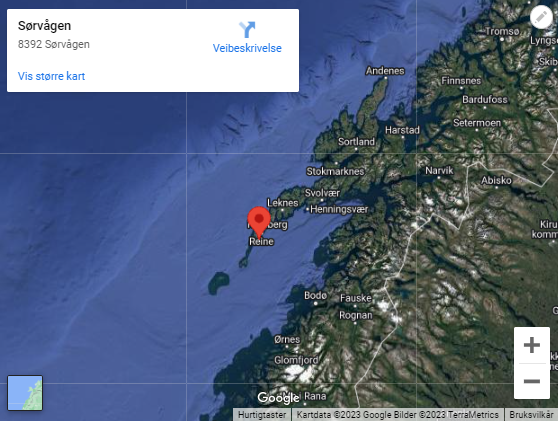
This article was originally published in Norwegian and has been translated by HNN's Birgitte Annie Molid Martinussen.


